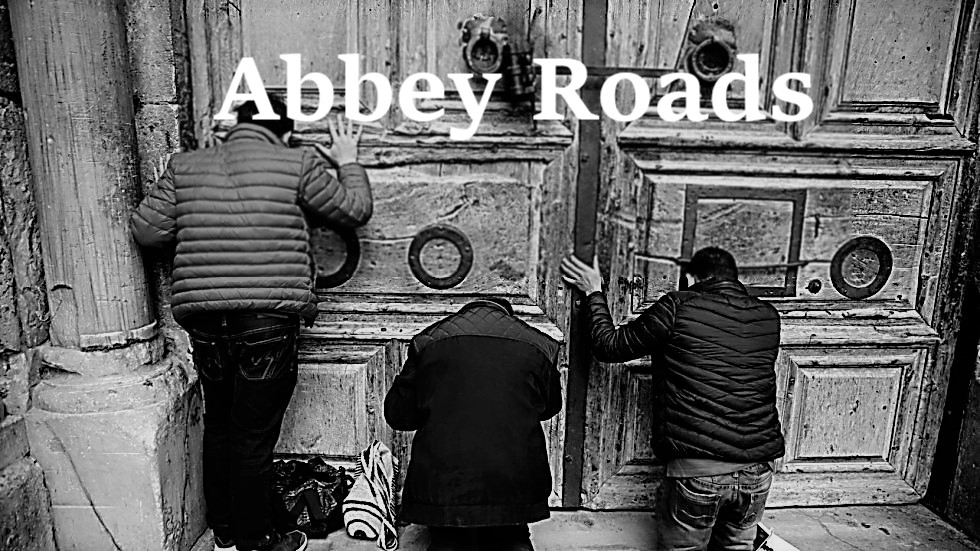I came across one of the best articles I have ever read on the issue of sexual abuse in La Civilta Cattolica, which I discovered thanks to Fr. James Martin's Facebook page. I skimmed through the article at first, and then read select sections more closely. One thing I noticed is that it does not get sidetracked by the old argument that it's a homosexual problem and not a pedophilia problem. I once insisted that was the case, agreeing with many who pointed out how flawed the John Jay Study was for its ideological reluctance to deal forthrightly with the role of homosexuality. I disagree now. It may indeed be part of the problem, but there remains a deeper, more profound problem of 'corruption' if you will. Perhaps this is one positive result of viewing sexual orientation issues through a sexual equality, gender neutral lens - at least in theory. The homo stuff just gets in the way of that ever so illusive, deeper problem.
Anyway, the following section from the article seems to me to nail one of the more fundamental problems behind the ability to deal with these issues: The bunker mentality. (So typical of an armed and defensive 'Church Militant' mindset, where everyone and everything else is the enemy.)
We should briefly mention that many perpetrators of sexual abuse manage to elude or even manipulate their superiors so that the latter are too prone to believe whatever the former promise them (“I won’t do it anymore”). The result is that they exercise a false mercy. This also leads them to the erroneous reasoning that they need no outside help because they believe they have all the means and strategies necessary to solve the problem themselves. In this way, they dig themselves into their own bunker and fail to see that they have constructed a closed system as we saw in Ireland or in the Catholic communities in the United States and Australia, all places that have seen a string of frighteningly frequent and longstanding abuse.
The same is true for some religious congregations and new spiritual communities founded around the time of the Second Vatican Council and which for many years, particularly for the number of vocations they were attracting, held out great hope for the Church. In the last few years, however, we have seen that several of these religious groups – some of which assumed strongly conservative ecclesial positions tied to traditional forms of liturgy and theology – ended up being centers of various forms of serious abuse. Among the more notable cases are the Legionaries of Christ (Mexican foundation), the Community of the Beatitudes (French), the Comunità Missionaria di Villaregia in northern Italy, the Sodalitium Christianae Vitae (primarily in Peru), as well as the group that gravitated around Fr. Fernando Karadima in Santiago de Chile.
Such cases did not always involve the abuse of minors but rather of protected persons, including male and female novices and students. Under the pretext of vows of obedience and strict religious observance, extreme relationships of dependence were formed. Criticism was not allowed and fundamental norms of the spiritual tradition were simply ignored, like the separation between the internal and external forums, not to mention abuses of sacramental confession (the seal of confession or the absolutio complicis, that is, the absolution of someone with whom the priest-confessor himself broke the sixth commandment).
We could write entire chapters on the personalities of the founders of the above congregations. Some of them, because of sexual abuse, financial irregularities or plagiarism, were expelled from their own communities or sanctioned with ecclesiastical penalties, even including excommunication. Often they were able to boss others around and lord it over the operations of their congregations for decades, and no one would dare question their absolute power and demands, which were speciously justified in a spiritual way. Since there was no control mechanism and no system of checks and balances, they were able to do whatever they wanted.
Not all of these founders were or are priests, and this unveils an even more basic problem: when an (ecclesial) environment isolates itself and shuns open communication or an adequate process of formation and human development, the risk of abuse increases exponentially. - Finish reading here.
The Church as field hospital.



Terry, there you go again hitting the nail on the head. I always learn so much from your posts and tend to agree with them most of the time. You should be my spiritual director!
ReplyDeleteHaha! No - no one wants that. I want you to go to heaven!
Delete"...some of which assumed strongly conservative ecclesial positions tied to traditional forms of liturgy and theology..."
ReplyDeleteIt's a shame the writer the need to put that in. Discredits the piece. There are a few senior clerics in Australia who run this line: that somehow the likelihood of being an abuser increases with the desire to follow liturgical rubrics. Absolute garbage. The irony being that it was the men that studied and worked in their generation with the 'spirit of Vatican II' that committed most of the abuse.
There are situations the author refers to - one that immediately comes to my mind is the scandal associated with the Society of St. John and Carlos Urrutigoity.
DeleteTerry,
ReplyDeleteThis is an interesting but very sad article, but I still think the homosexual issue is a huge part of this problem. I know from experience in my diocese and guys I knew at seminary that most of the priests who were exposed as abusers were practicing homosexuals who were going after adolescent young men- which are 85% of the cases here in the US. A better analysis of this whole issue is a very insightful but somber book called: After Asceticism: Sex, Prayer and Deviant Priests by the Linacre Institute.
Wonderful 18c cartoon.
ReplyDeleteIs it Cruikshank ?